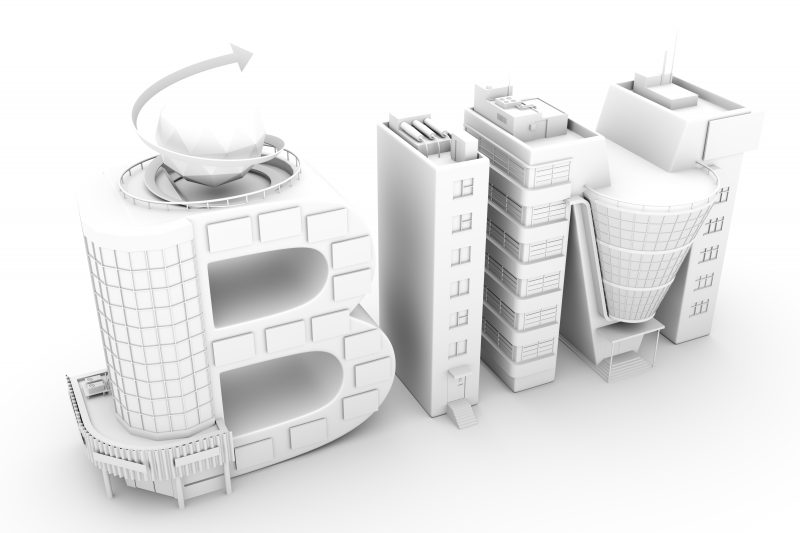
By Simon Brown
BIM is still the big buzzword of our industry, but it means very different things to whomever you might ask. At Cadline, in our Building Services team, we prefer to use the term – Digital Data Transfer. We feel it is a better description, as it “does exactly what it says on the tin”, the transfer of data downstream from the architect’s model.
We thought we’d put together some tips for making this process as painless as possible given some of the issues out there in the industry:
- Ensure the architect supplies the building model in Revit as the most appropriate format for maximising building simulations i.e. gbXMl geometry properly encapsulates the entire geometry.
- If possible have a BIM execution plan/meeting to determine responsibilities such as: does the architect get the model right first time or do you clean up the model, pass back to the architect who can then take the model forward.
- Before you set out on a simulation, determine exactly what you want to analyse and optimise.
- Make sure you fully describe all the parameters for energy simulation to produce the required results.
- To get accurate results quickly, provide just the information you need to get actionable
- Produce an early stage model to measure energy use.
- Use a more detailed model to analyse different goals such as occupant comfort, or lighting levels through levels of shading.
- Avoid over-modelling, which can increase your simulation time. Simplify the model as much as possible as extraneous data only increases calculation time.
In response to a slowly changing process we are developing some exciting new software that will ease the challenges of working with models that may not be ideal for analysis. We are embarking on radical new technologies with scientific methods for creating building models from any 3D software, seamlessly, which will make the lives of engineers much easier given the complexity of the construction process. It is no longer about trying to emulate some theoretical workflow, but being able to support a process with short lead in times and give the industry something they need.
In the meantime, if you observe the above basic processes the journey should be as pain free as possible, but the next few years are going to see a radical shift in our innovation – starting next year!
Watch this space…